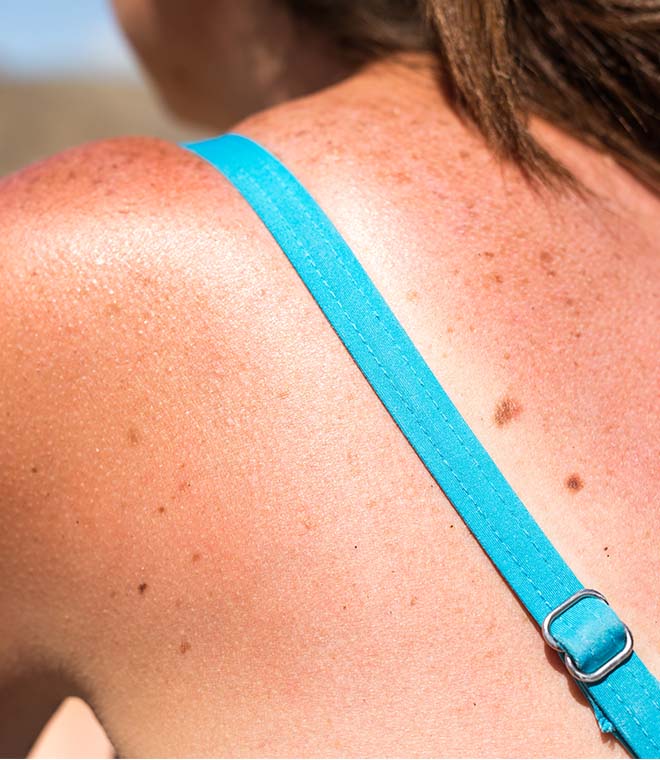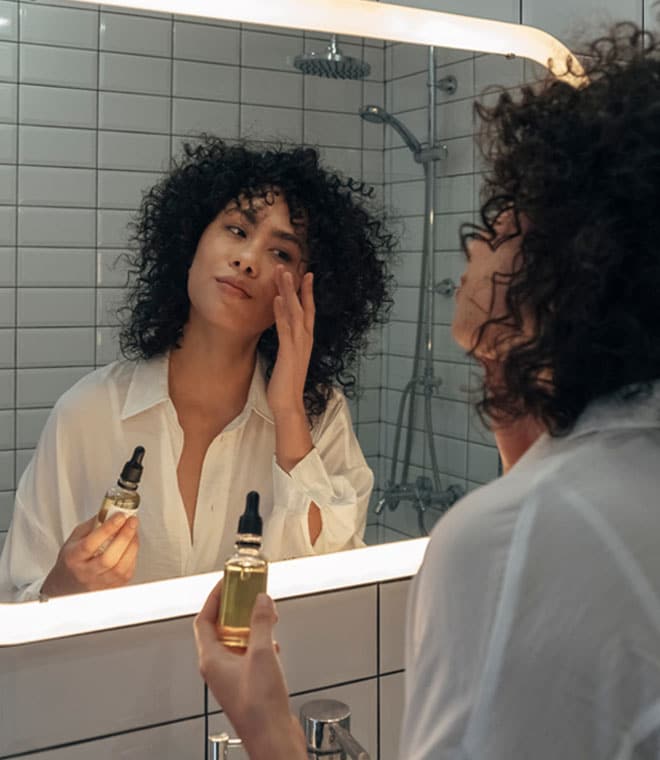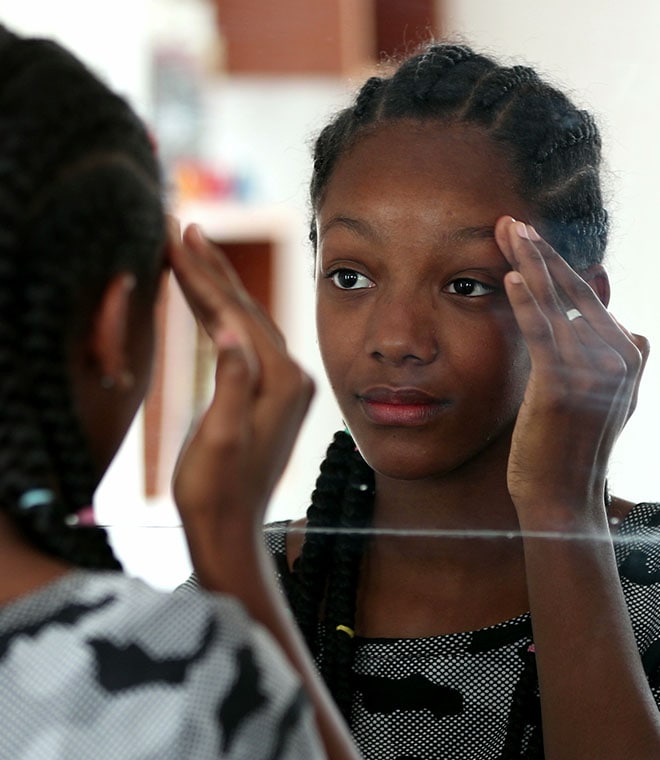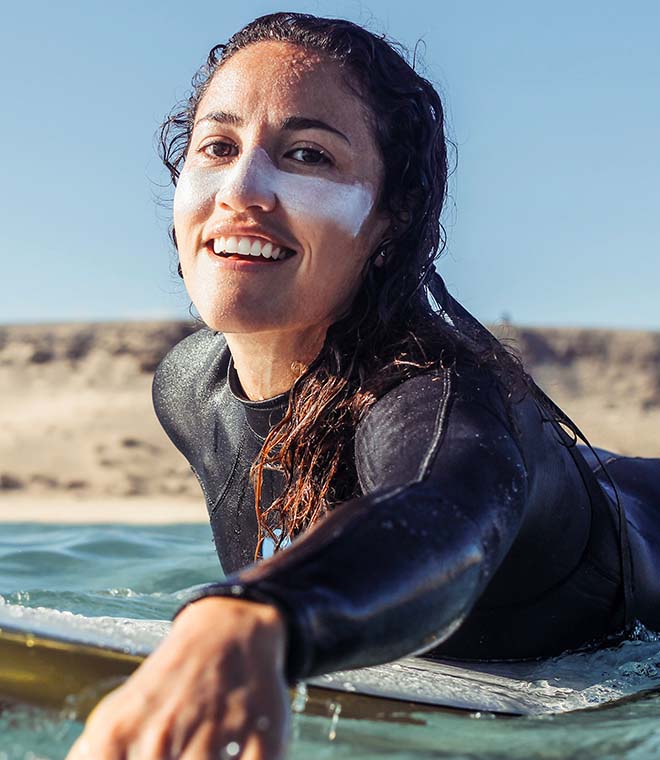Beauty
Sun care buying guide: How to choose kids' sunscreen
By Walgreens Oct 21, 2021 • 6 min.
Before taking your little ones out in the sun, be sure you help protect their skin. Here's what you need to know.
Sun protection is important at every age—it's never too early to think about the sun's effect on skin. Sunscreen for babies and kids can differ from adult sunscreens. From sticks to sprays, lotions to creams, here's what to look for to help keep your child's skin protected, hydrated and healthy this season.
Sun protection 101
Avoid putting sunscreen on infants younger than 6 months. The best protection for infants younger than 6 months is to keep them out of the sun entirely, especially between the hours of 10 a.m. and 4 p.m., when possible. Ask a doctor before applying sunscreen to children under 6 months of age.
Be sure to follow other tips from the U.S. Food and Drug Administration (FDA) to help protect your infant's skin :
- Remember, a baby's skin is more delicate than adult skin.
- Keep your baby in the shade as much as possible. Create shaded areas if natural shade is not available.
- Shade your baby from the sun with lightweight, long pants and a long-sleeved shirt. Choose a fabric that's a tighter weave instead of one that you can see through. Make sure your child wears a wide-brimmed hat that covers and protects sensitive skin. Baseball hats might not cover enough of your baby's skin.
- If your baby looks like they're becoming sunburned, get them out of the sun right away and apply cold compresses to the affected areas.
- Keep them hydrated by sticking with their normal breast milk or formula schedule. The water in both options will help keep your baby hydrated. Offer additional fluids when possible.
- Watch your baby carefully to make sure he or she doesn't show warning signs of sunburn or dehydration, such as fussiness, redness or excessive crying. Consult your pediatrician before using any sunscreen on your baby.
How to understand a sunscreen label
For babies and kids older than 6 months, look for a broad-spectrum, water-resistant sunscreen with a sun protection factor (SPF) of 30 or higher, and use the sunscreen as directed. Mineral sunscreens, such as those containing titanium dioxide or zinc oxide, are less likely to irritate a baby's sensitive skin.
- Sun protection factor or SPF of 30 or higher. When sunscreen has a higher level of SPF, it means it provides more protection against the sun's harmful ultraviolet B (UVB) rays. An SPF 30 sunscreen blocks close to 97% of UVB rays, while an SPF 50 sunscreen filters out about 98% of UVB rays.
- Broad-spectrum. This means the sunscreen protects against both the ultraviolet A (UVA) and UVB rays. Too much exposure to either UVA or UVB rays can be harmful for your child's skin. The best sunscreen choice is one that filters both types of radiation and is used as directed.
- Water-resistant. This means the sunscreen can still briefly work on wet or sweaty skin. But know that no sunscreen is waterproof or sweatproof. Be sure to reapply sunscreen on your kid's skin right after swimming, sweating or drying off, and follow the instructions on the bottle.
Types of sunscreen
The kind of sunscreen you choose for your child can depend on the area of the body needing protection.
- Creams: A good option to use on your face or dry skin.
- Gels: Good for hairy areas.
- Sticks: Helpful to use on the face to avoid getting in the eyes.
- Sprays: May be easier to apply on squirmy children.
- It's also important to note that sprays may be more irritating on your child's skin. Test out an area when possible to avoid a reaction. If you use a spray, apply it in a well-ventilated area and do not inhale while spraying. Never spray sunscreen directly onto your child's face. Spray it on your hands first and then use your fingers to apply it to your child's face. Make sure to use enough to thoroughly cover all of your child's exposed skin.
Other ways to keep your child's skin protected
The best way to protect your child's skin is to avoid the sun's harmful rays and other sources of UV radiation. Try to keep them in the shade between the hours of 10 a.m. and 4 p.m. when the sun's rays are strongest. Apply a water-resistant, broad-spectrum sunscreen with an SPF 30 or higher to your child any time they're in the sun for more than a brief period, and try wide-brimmed hats, sunglasses and clothes that protect their exposed skin.
Clinically reviewed and updated October 2021.
Sources:
3. https://www.cancer.org/latest-news/choose-the-right-sunscreen.html
4. https://www.skincancer.org/prevention/sun-protection/sunscreen/sunscreens-explained
5. https://www.health.harvard.edu/cancer/how-to-choose-and-use-sunscreen
6. https://www.ewg.org/sunscreen/all-sunscreens/#.Wudxg_krJD8
7. https://www.fda.gov/consumers/consumer-updates/should-you-put-sunscreen-infants-not-usually
8. https://www.aad.org/media/stats/prevention-and-care/sunscreen-faqs



